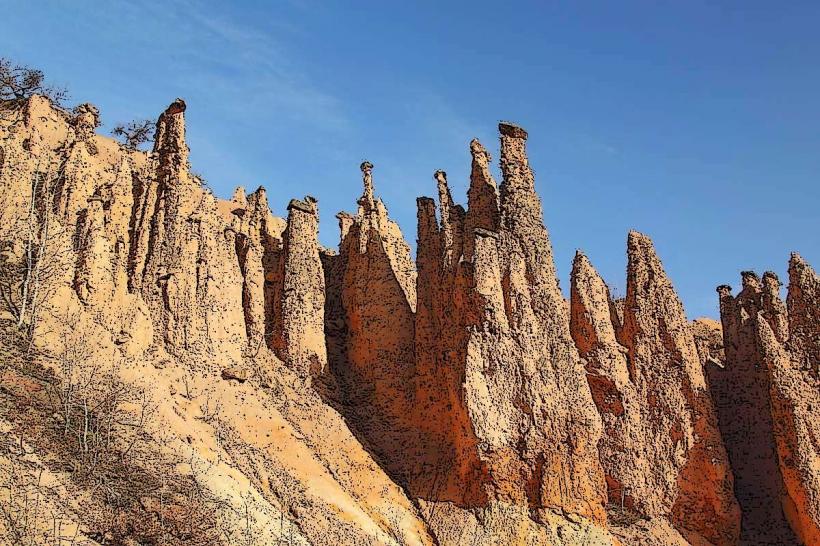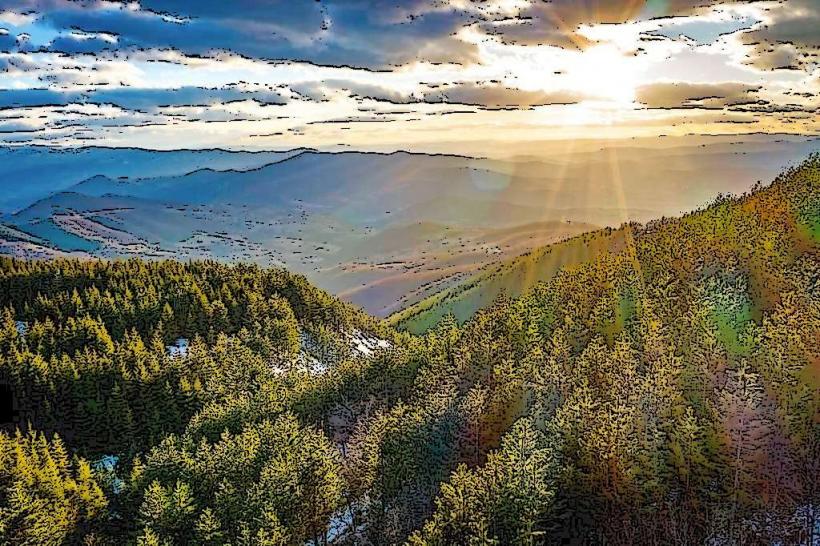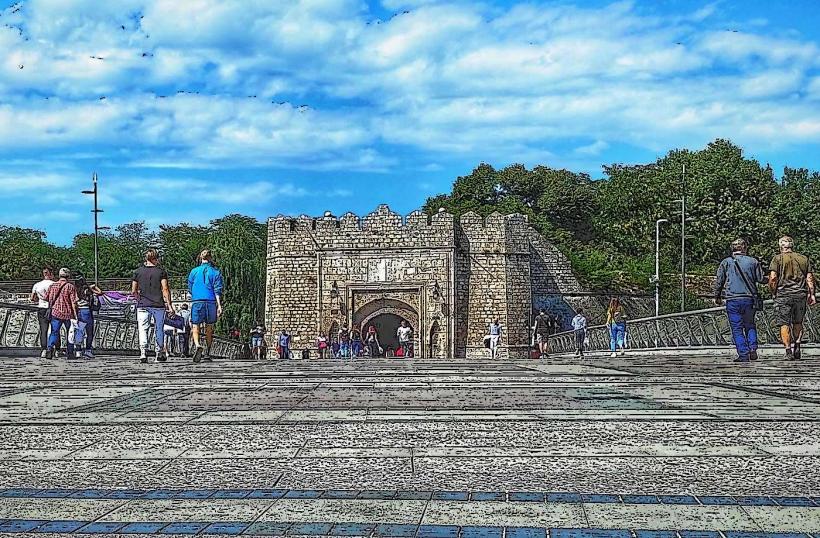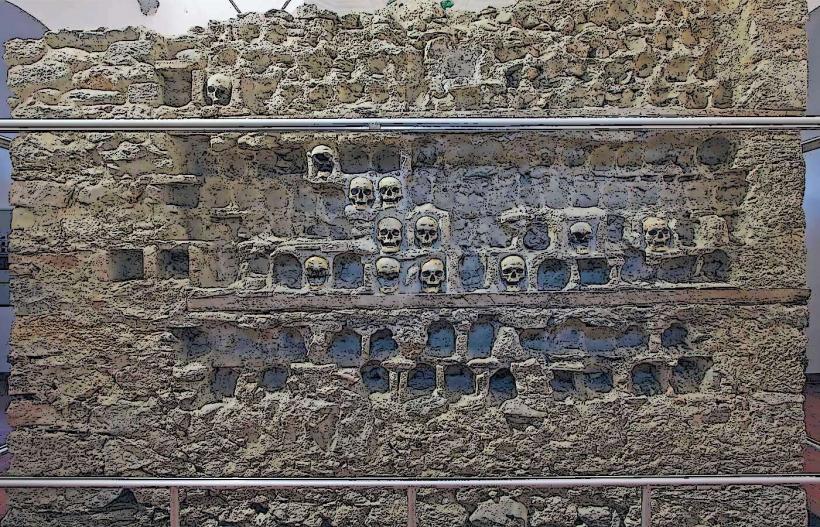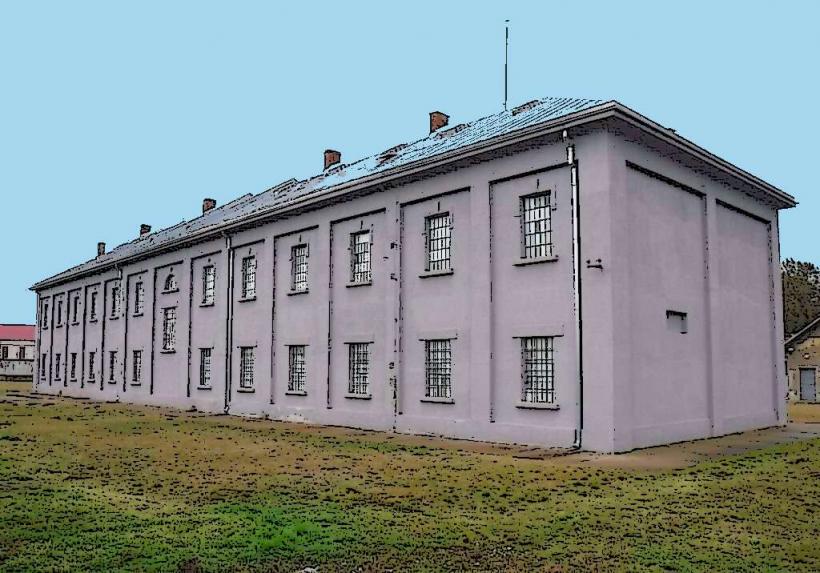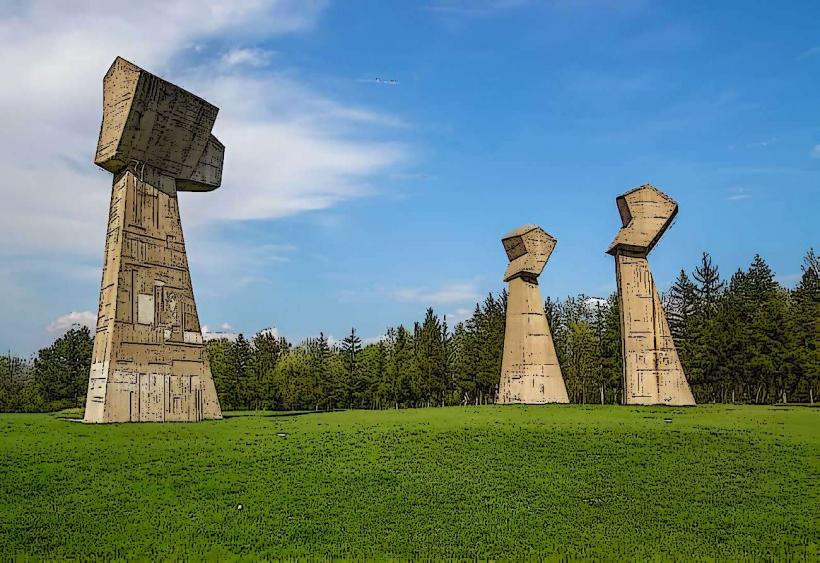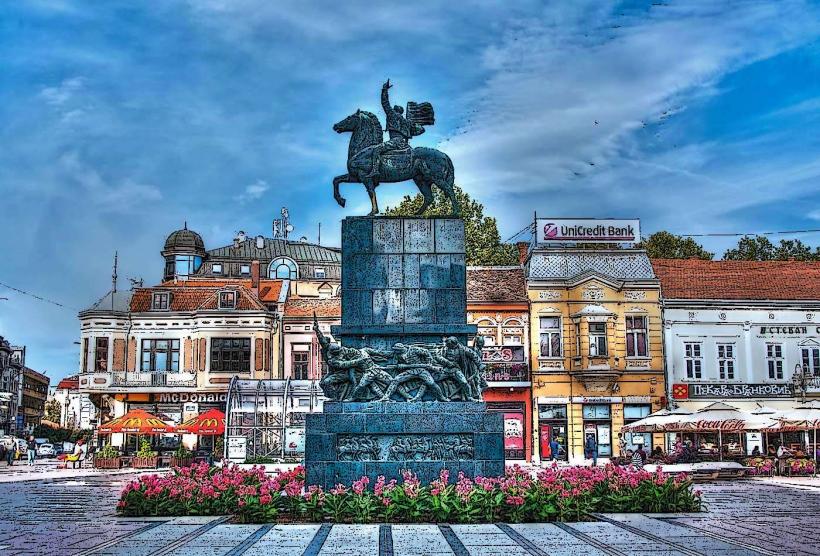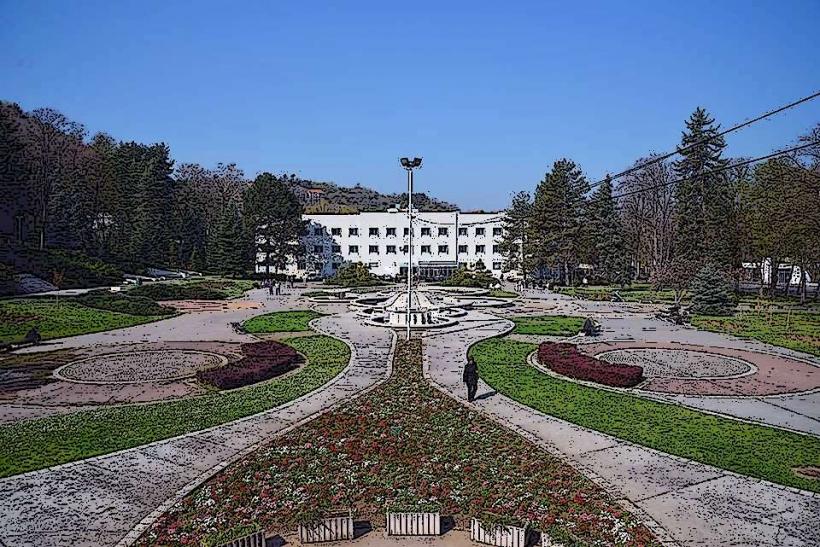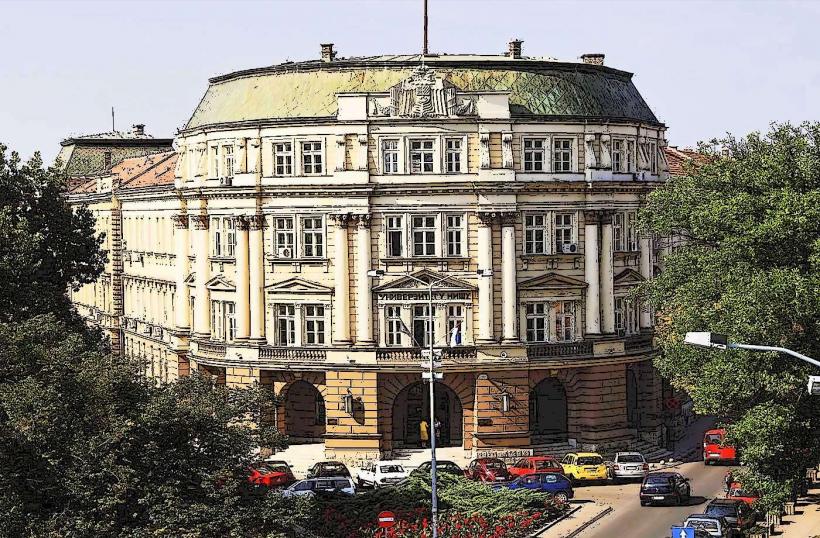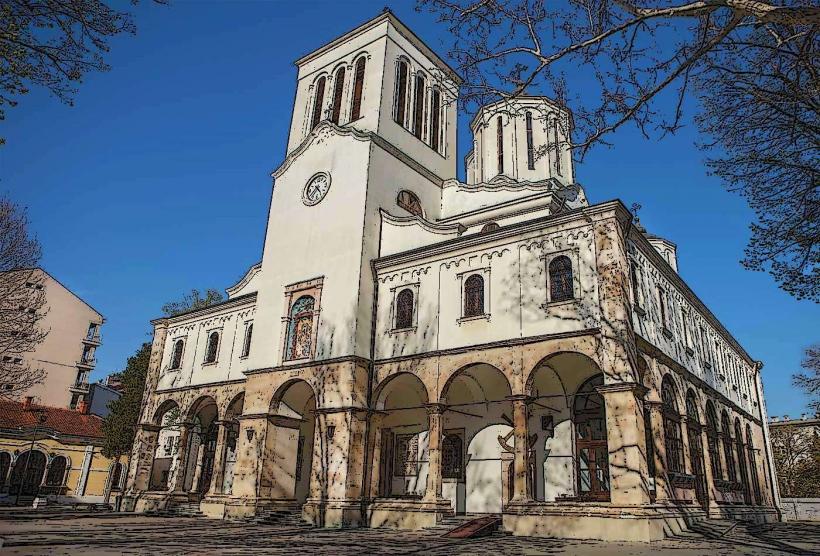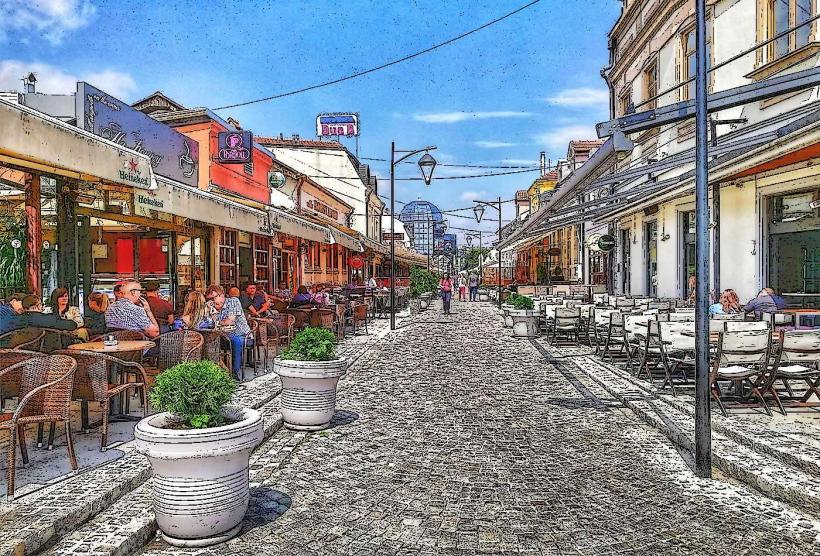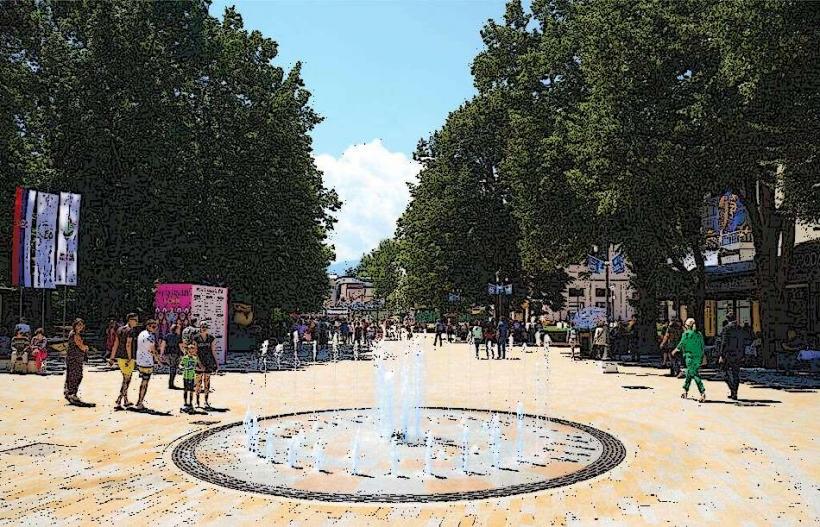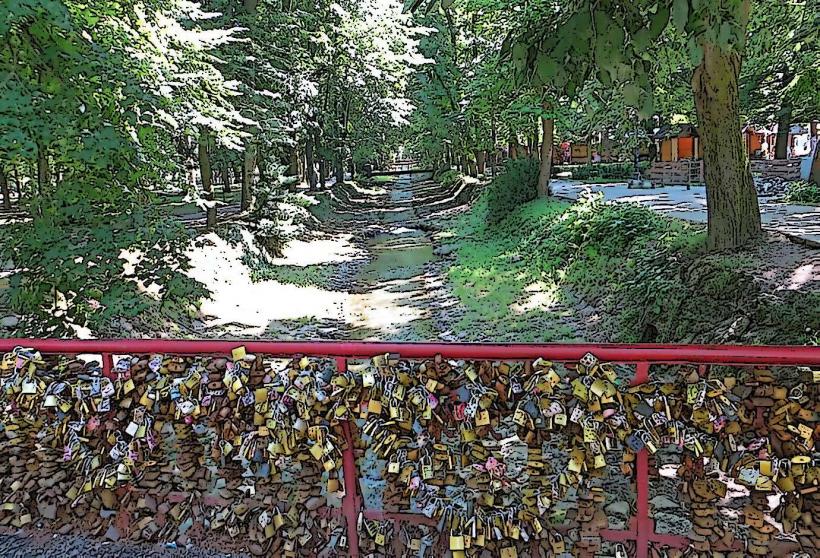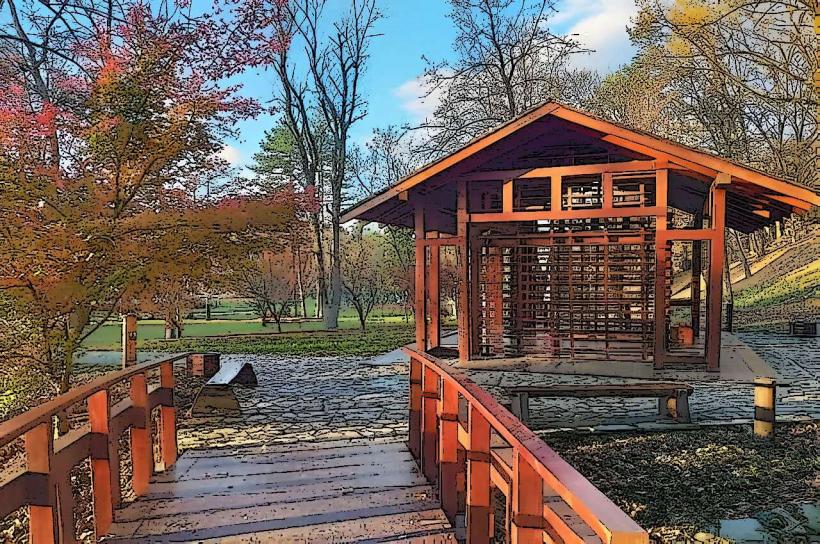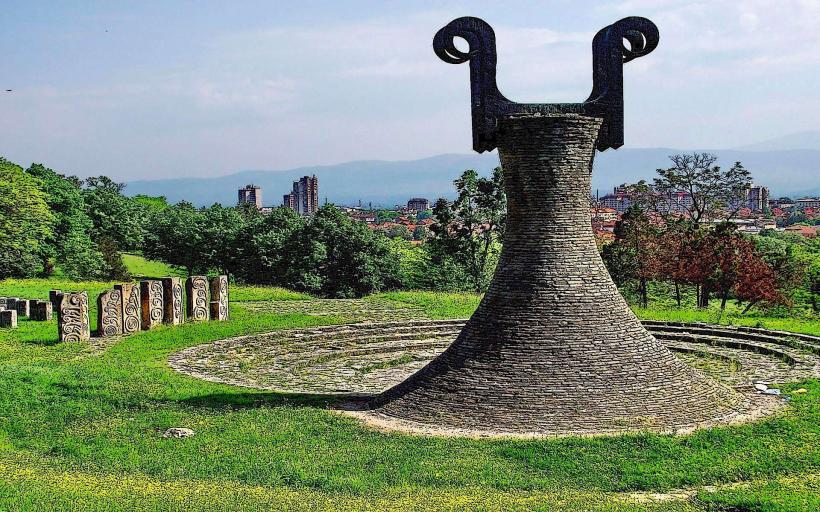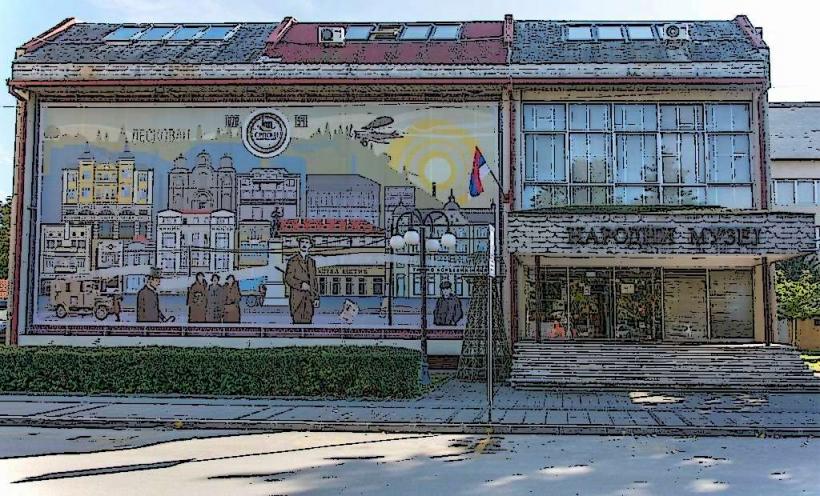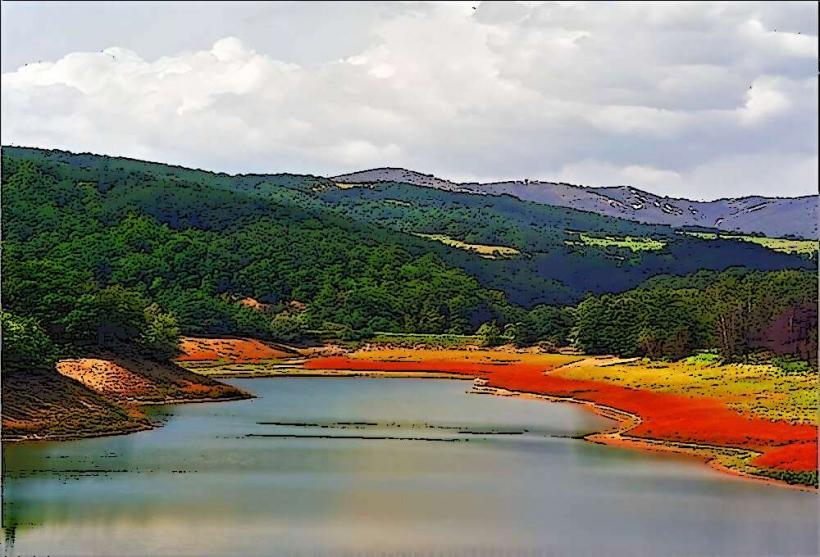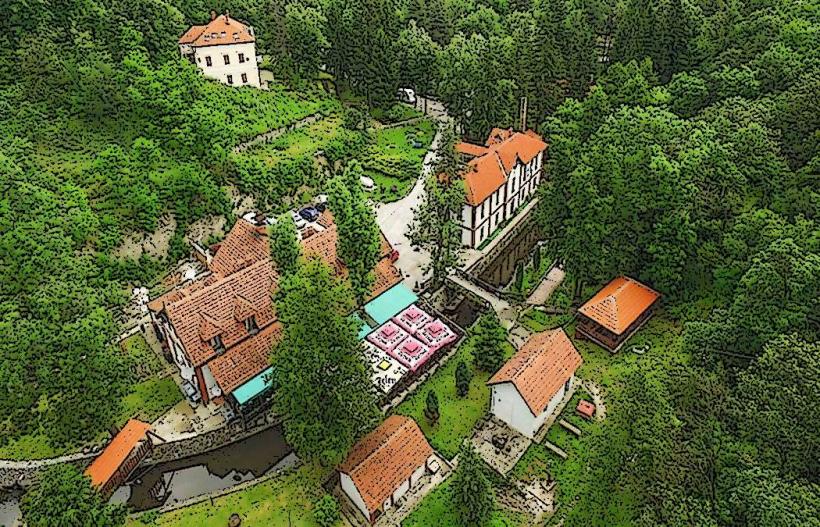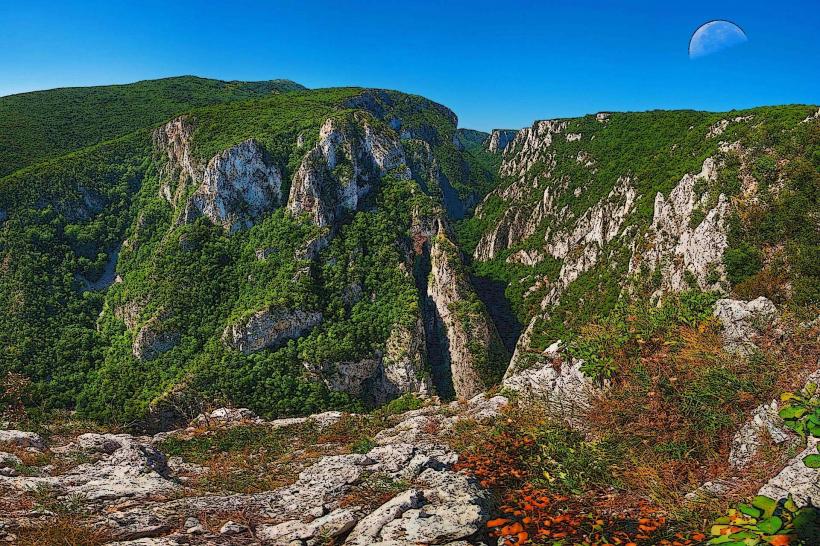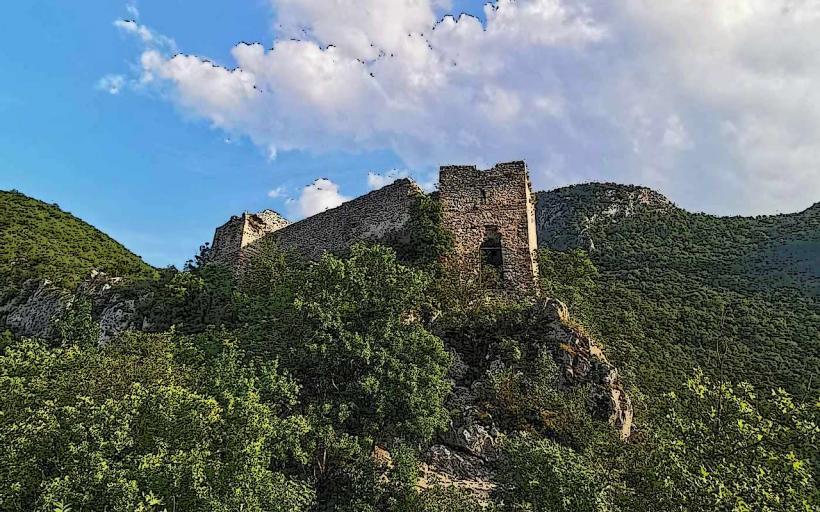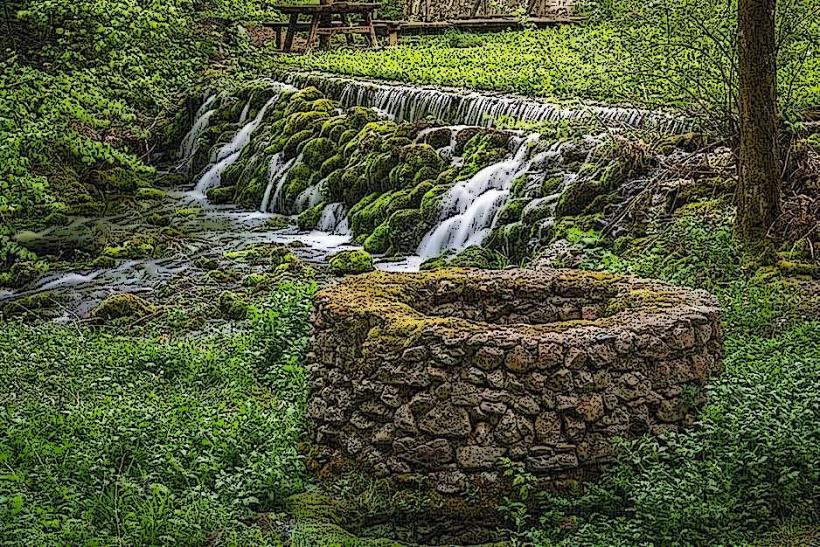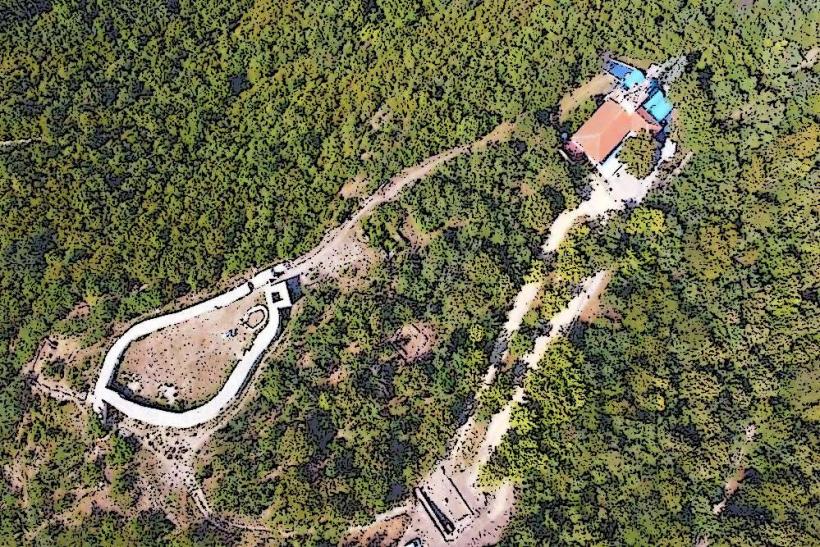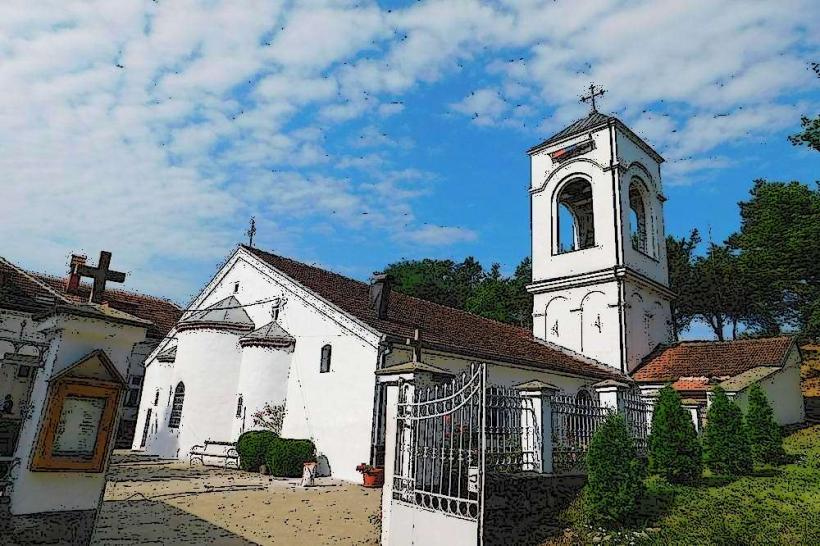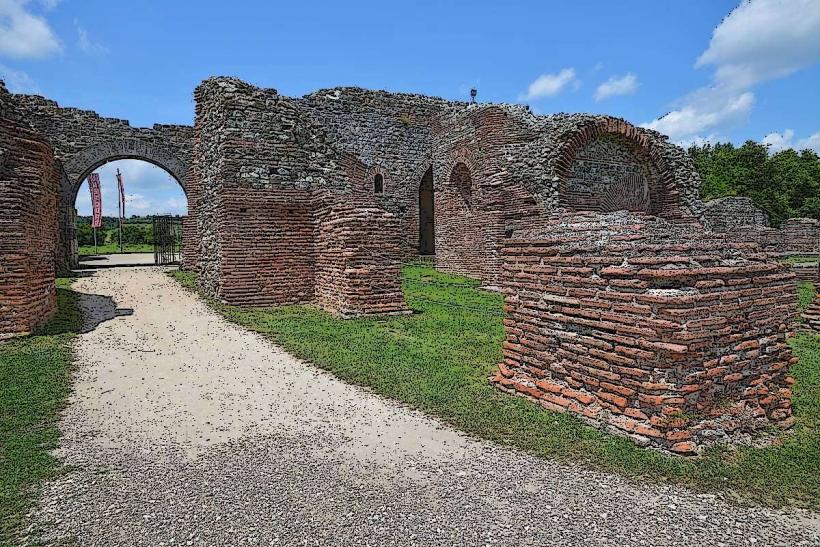Information
Landmark: Mediana Archaeological SiteCity: Nis
Country: Serbia
Continent: Europe
The Mediana Archaeological Site is one of the most important ancient Roman sites in Niš, Serbia, and offers a fascinating glimpse into the wealth and culture of the Roman period in the region. Located just a few kilometers from the city center of Niš, the site is significant for its well-preserved Roman remains, especially as it was once the residence of Roman emperors, including the birthplace of Emperor Constantine the Great.
Historical Significance
Roman Origins:
- Mediana was established as a Roman villa complex during the 4th century AD under the reign of the Roman Emperor Constantine I (also known as Constantine the Great), who was born in the nearby city of Naissus (modern-day Niš).
- The site is believed to have served as the emperor's imperial residence and retreat. Constantine, one of the most significant emperors in Roman history, is famous for being the first Roman emperor to convert to Christianity and for founding the city of Constantinople (modern-day Istanbul).
Strategic Location:
- The site’s location along the Roman military road that connected the eastern and western parts of the Roman Empire gave it strategic significance. This made Mediana an important hub for Roman military, political, and economic activity in the region.
- The complex was likely built as a luxurious villa for the elite, reflecting the wealth and power of the Roman Empire during its later years.
Excavation and Discovery
Rediscovery and Excavation:
- The Mediana archaeological site was rediscovered and excavated in the early 20th century. The excavation revealed a large and well-preserved Roman villa with multiple buildings, baths, mosaics, and frescoes.
- Mediana is considered one of the most significant Roman sites in the Balkans, showcasing both the luxury of Roman aristocracy and the architectural style of the time.
Artifacts and Findings:
- The archaeological excavations have yielded numerous artifacts, including coins, pottery, and sculptures. These finds provide insight into the daily life and culture of the people who lived at Mediana during the Roman era.
- The most remarkable discoveries have been the beautiful mosaics and well-preserved frescoes that decorated the floors and walls of the villa. These artworks are valuable for understanding Roman art and the cultural connections between the Roman Empire and the local provinces.
Key Features of the Mediana Archaeological Site
Villa Complex:
- The central feature of Mediana is the villa complex, which consists of a number of interconnected buildings designed for the elite. These buildings likely served as living spaces for the emperor and his family, as well as for court officials and attendants.
- The villa was designed with luxury in mind, featuring intricate mosaics, marble columns, and decorative frescoes that depict mythological scenes, daily life, and landscapes. These artworks highlight the sophistication and aesthetic values of the Roman upper class.
Roman Baths:
- Mediana also contains remnants of a Roman bathhouse, a common feature of Roman villas. The bathhouse included various rooms for bathing, such as the frigidarium (cold room), tepidarium (warm room), and caldarium (hot room), all of which were heated using the hypocaust system—an advanced Roman heating technique that circulated warm air beneath the floors.
Mosaics:
- One of the most impressive features of the site is its collection of Roman mosaics, which were found in several buildings. These mosaics depict a range of scenes, including mythological motifs, geometric patterns, and representations of nature.
- The mosaics are particularly important because they offer a glimpse into the artistic and architectural practices of the Romans during the 4th century, with fine detailing and vibrant colors that have survived for centuries.
Frescoes:
- Several frescoes have been uncovered at the site, depicting mythological and natural themes. These frescoes were used to decorate the walls of the villas, illustrating the high artistic standards of Roman architecture and interior design.
Emperor Constantine’s Legacy:
- Given that Emperor Constantine the Great was born in Niš (then Naissus), Mediana holds significant historical value. It is believed that Constantine spent some of his youth at Mediana, and the complex may have served as one of his residences.
- Constantine’s role in the Christianization of the Roman Empire and his establishment of Constantinople (modern Istanbul) as a new capital make Mediana a key site in understanding the transition from paganism to Christianity in the Roman world.
Mediana Today
Museum and Visitor Center:
- The Mediana Archaeological Site is open to the public and serves as an important cultural and educational site. Visitors can explore the remains of the villa, the mosaics, the bath complex, and other features of the site.
- An on-site museum houses many of the artifacts that were discovered during the excavations, providing context and explanations about the history of Mediana and its role in the Roman Empire.
Preservation Efforts:
- Efforts have been made to preserve the mosaics and other delicate features of the site. The site is carefully maintained to protect the remnants from weathering, with measures in place to ensure that the cultural heritage of Mediana is preserved for future generations.
- The site is also part of the broader effort to promote the cultural tourism industry in Serbia, with visitors coming from all over the world to experience the ancient Roman heritage of the region.
Cultural and Historical Importance
- Mediana is more than just an archaeological site; it is a window into the ancient Roman world and a key location for understanding the historical development of Niš and the region. The site represents the height of Roman imperial culture, with its luxurious living conditions, fine artwork, and architectural achievements.
- As the birthplace of Emperor Constantine, Mediana is of particular historical importance, linking the city of Niš to one of the most pivotal figures in Roman and Christian history.
Conclusion
The Mediana Archaeological Site is a remarkable representation of Roman life and architecture, showcasing the grandeur of the Roman Empire in the Balkans. The site’s well-preserved villa, mosaics, frescoes, and baths provide invaluable insight into the wealth and culture of the Roman elite. As the birthplace of Emperor Constantine, it also holds significant historical importance, making it a must-see destination for anyone interested in the ancient history of the region.

